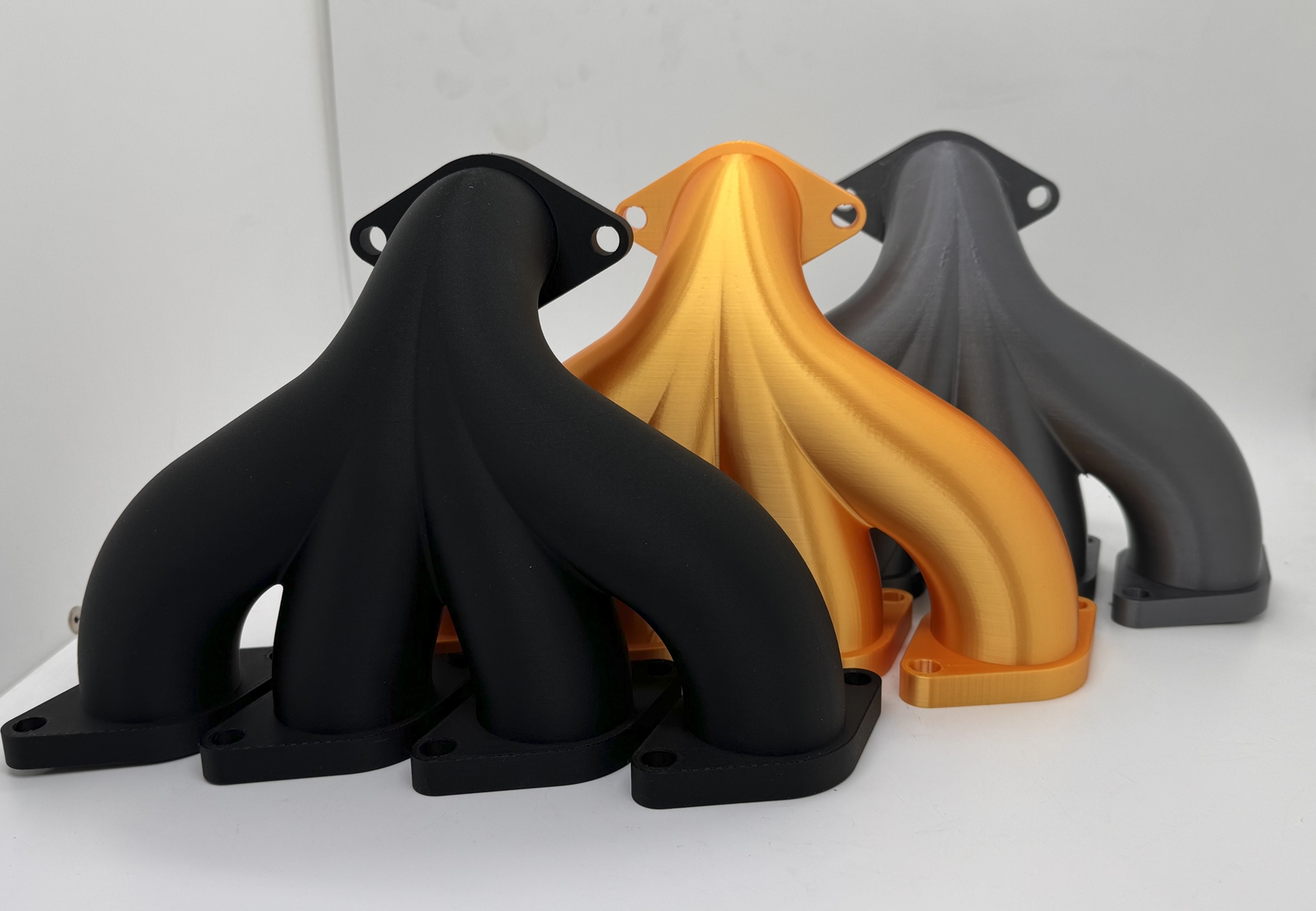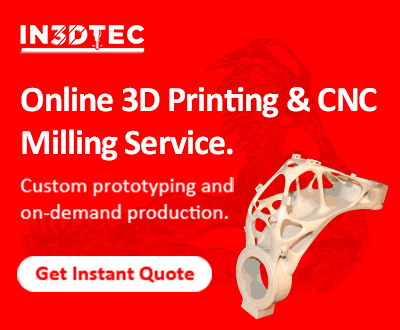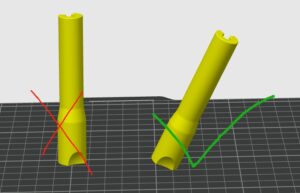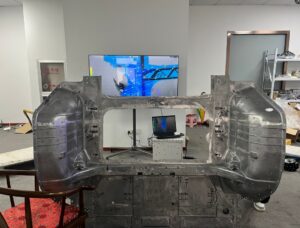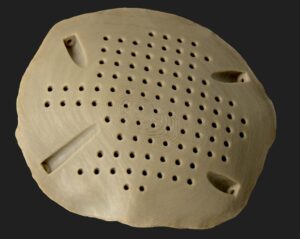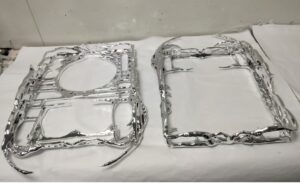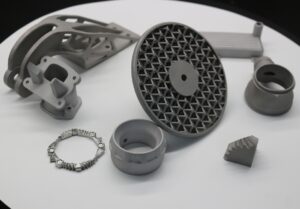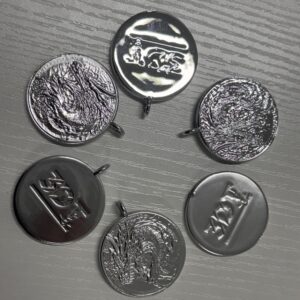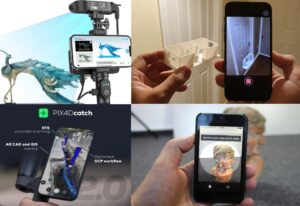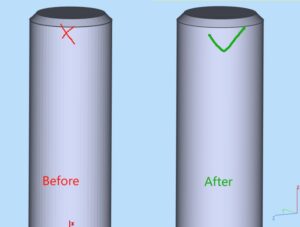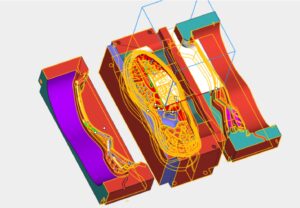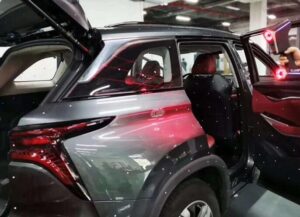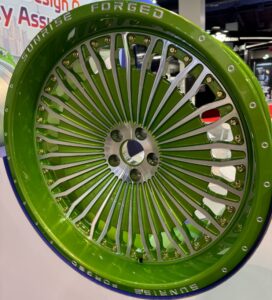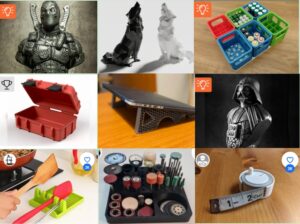FDM vs. SLA vs. SLS: Which 3D Printing Technology Should You Choose?
When it comes to 3D printing, choosing the right technology can make a big difference in the success of your project. Among the most commonly used 3D printing technologies are FDM (Fused Deposition Modeling), SLA (Stereolithography), and SLS (Selective Laser Sintering). Each has its strengths, weaknesses, and ideal use cases. In this article, we break down the differences to help you make an informed decision.
FDM (Fused Deposition Modeling)
FDM is the most widely used 3D printing method, especially for rapid prototyping and low-cost applications.
Printable materials in FDM: ABS,ASA, Carbon fiber, PETG, PLA, PC, PP, PEEK, PPS, PPSU, PEI, POM, NYLON12/66, TPU/TPE(70A, 85A, 92A, 98A, 65D all are available from IN3DTEC 3D printing service)
Pros:
Cost-effective and widely accessible
Easy to operate and maintain
A wide range of thermoplastics available.
Good for functional prototypes and low-tolerance parts
Cons:
Lower resolution and surface finish compared to SLA and SLS
Visible layer lines
Limited geometric complexity
Best for: Quick and affordable prototypes, basic mechanical parts, early-stage product development, fixtures and jigs
Applications:
Consumer product housings
Automotive test parts
Educational and concept models
Jigs and fixtures
SLA (Stereolithography)
SLA uses a UV laser to cure liquid resin into solid parts and is known for its high precision and fine details.
Printable materials in SLA: Standard ABS, Tough ABS, Somos Evolve, Somos Ledo, Somos Taurus, Ceramic
Pros:
Excellent resolution and surface finish
Ideal for detailed, intricate designs
Tight tolerances and minimal post-processing
Cons:
More expensive than FDM
Brittle material properties
Limited selection of resins compared to FDM thermoplastics
Best for: Highly detailed models, dental and medical components, visual prototypes, and molds
Applications:
Dental molds and aligners
Housing & Casings for all products
Jewelry prototypes
Medical device casings
High-detail display models
SLS (Selective Laser Sintering)
SLS uses a laser to fuse powdered materials (usually nylon) into solid parts. It does not require support structures, making it suitable for complex geometries.
Printable material in SLS: Nylon, Nylon+GF, Nylon+CF, PP, PEEK, TPU
Pros:
Strong, functional parts with good mechanical properties
No need for support structures
Excellent for complex assemblies and interlocking parts
Cons:
Higher cost and equipment complexity
Rough surface finish that may require post-processing
Longer lead times
Best for: End-use parts, mechanical components, small-batch production, functional prototypes
Applications:
Aerospace brackets and housings
Medical equipment components
Functional gears and hinges
Drone and robotics parts
Which Should You Choose?
Choose FDM if you’re looking for an affordable and fast option for early-stage designs or mechanical parts that don’t require high precision.
Go with SLA when you need fine details, smooth surfaces, or prototype models for presentation or fit testing.
Opt for SLS if you’re producing functional, load-bearing parts with complex geometries or small production runs.
Still unsure? Reach out to our team through [email protected] —we’ll help match your design with the right technology based on your budget, timeline, and performance requirements.

